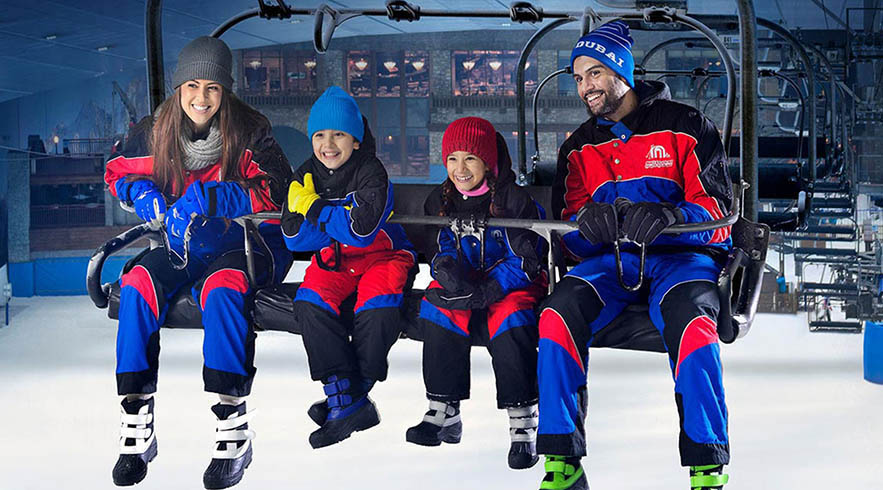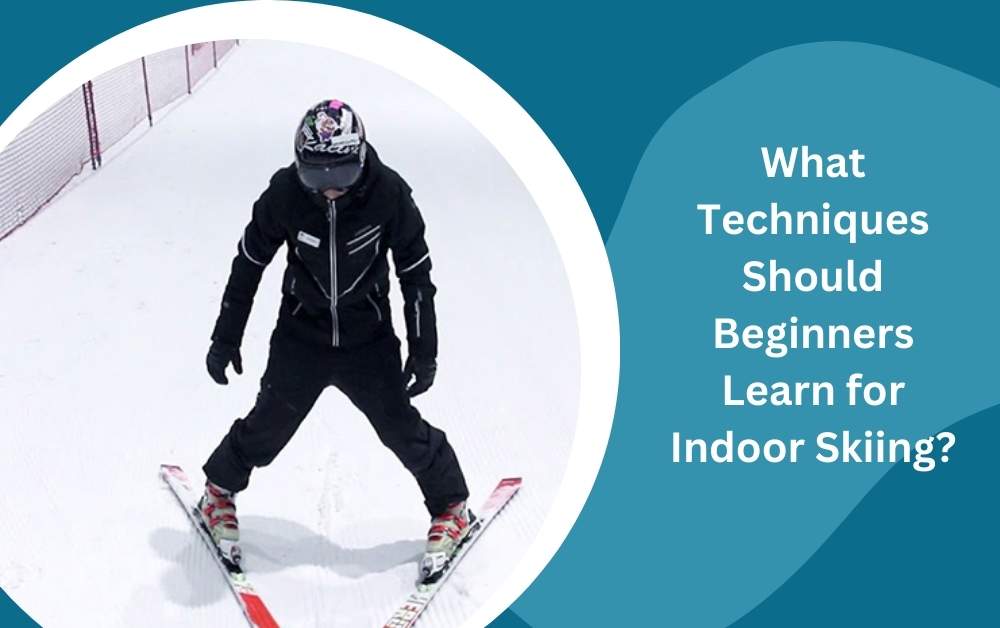Indoor skiing is a fantastic way to enjoy the thrill of skiing without having to deal with cold weather or long trips to the mountains. Whether you’re interested in developing your skills or just want to have some fun, there are several techniques you should learn as a beginner. This article will guide you through the essential skills that will make your indoor skiing experience enjoyable and safe.
Understanding the Basics of Indoor Skiing
Before we dive into specific techniques, it’s essential to understand what indoor skiing involves. Indoor ski centers are specially designed to simulate real skiing conditions. They have artificial slopes made of materials that mimic snow, allowing you to ski all year round. This controlled environment makes it easier for beginners to learn without worrying about unpredictable weather or changing terrain.
Note: For an extraordinary adventure, try Indoor Skiing in Dubai! This incredible facility allows you to ski and snowboard year-round, complete with real snow and a breathtaking winter atmosphere. Perfect for thrill-seekers and families alike, you can enjoy lessons and fun activities. Experience winter magic without leaving the city. Get in touch with Xplore with Us to plan your exciting indoor skiing trip today!
Why Choose Indoor Skiing?
Indoor skiing offers several benefits, especially for beginners:
- Weather Control: Since the environment is indoors, you won’t have to worry about rain, snow, or extreme cold.
- Convenience: No need for long trips to the mountains. Just head to your local indoor ski facility.
- Safety: The controlled environment reduces the risks associated with outdoor skiing.
- Learning Opportunities: Many indoor ski centers offer lessons with professional instructors who can guide you through the learning process.
Getting Started: The Right Gear
Before you hit the slopes, you need the right equipment. Here’s what you’ll need as a beginner:
Essential Ski Gear
1. Skis
Choosing the right skis is crucial. For beginners, shorter skis are often easier to control. Rental shops at indoor ski centers typically have equipment tailored for beginners.
2. Ski Boots
Comfortable and well-fitted ski boots are important. They should be snug but not too tight. If you’re renting, make sure to try them on and walk around a bit to ensure they feel right.
3. Ski Poles
Ski poles help with balance and rhythm while skiing. As a beginner, you might not need them immediately, but they can be helpful as you progress.
4. Proper Clothing
Dress in layers to keep warm but comfortable. Wear a moisture-wicking base layer, an insulating layer, and a waterproof outer layer. Don’t forget a helmet for safety!

Basic Techniques for Indoor Skiing
Once you have your gear, it’s time to learn the essential techniques for indoor skiing. Here are the fundamental skills every beginner should master.
1. Getting Up on Skis
Falling is part of learning to ski, so knowing how to get back up is essential. Here’s how to do it:
Step-by-Step Guide to Getting Up
- Position Your Skis: Sit up and place your skis parallel, pointing downhill.
- Roll to Your Side: Roll onto your side, and use your hands to push yourself up into a seated position.
- Use Your Knees: Tuck your knees toward your chest and place your hands on the ground to help lift your body.
- Stand Up: Once you’re balanced, bring your feet under you and stand up.
2. The Snowplow Stop
The snowplow stop is one of the most important techniques for beginners. It helps you control your speed and stop safely.
How to Perform a Snowplow Stop
- Position Your Skis: Start with your skis parallel and shoulder-width apart.
- Form a Triangle: Point the tips of your skis toward each other while pushing the tails out to form a wedge shape.
- Apply Pressure: Press down on the inside edges of your skis. This will create friction and help you slow down or stop.
- Practice: Try this technique on gentle slopes until you feel comfortable.
3. Turning Techniques
Once you can stop, the next step is learning how to turn. Turning is essential for navigating the slopes safely.
How to Make Your First Turns
- Initiate the Turn: To turn right, shift your weight onto your right foot and push down on the right ski. To turn left, do the same with your left foot.
- Follow Through: As you turn, your body should follow your skis. Look in the direction you want to go.
- Practice: Start with wide turns and gradually make them sharper as you gain confidence.
4. Controlling Speed
Controlling your speed is vital for safety and enjoyment. Besides the snowplow stop, here are a few tips to help you manage your speed.
Tips for Speed Control
- Use the Snowplow Position: Whenever you feel you are going too fast, return to the snowplow position.
- Stay Relaxed: Tensing up can make it harder to control your movements. Keep your body relaxed and flexible.
- Practice on Gentle Slopes: Spend time on less steep slopes to practice controlling your speed before moving to more challenging areas.
Advanced Techniques for Beginners
Once you have mastered the basics, you can start exploring more advanced techniques. These skills will help you become a more confident skier.
1. Parallel Turns
Parallel turns allow for smoother and faster turns on the slopes. This technique is more advanced but worth learning as you progress.
How to Perform Parallel Turns
- Start in a Snowplow: Begin with the snowplow position to control your speed.
- Shift Your Weight: As you initiate the turn, shift your weight to the inside ski.
- Bring Skis Together: As you complete the turn, bring your skis parallel again.
- Practice: Focus on keeping your skis together as you turn for a smoother transition.
2. Riding the Lift
Getting on and off the ski lift is an essential skill for skiers. It can be a little tricky at first, but with practice, you’ll feel more comfortable.
Tips for Using the Ski Lift
- Wait for Your Turn: Stand in line patiently and be aware of your surroundings.
- Approach Slowly: When it’s your turn, glide towards the lift slowly.
- Sit Down Carefully: As the chair approaches, sit down gently and keep your skis pointed forward.
- Getting Off: As you near the top, get ready to stand up. Keep your skis parallel and glide away from the lift.
Safety Tips for Indoor Skiing
Safety should always be your top priority while skiing. Here are some essential safety tips to keep in mind:
1. Wear a Helmet
Always wear a helmet while skiing to protect your head from injuries. Many indoor ski centers provide helmets for rental.
2. Follow the Rules
Every ski center has its rules and guidelines. Make sure to follow them to ensure your safety and the safety of others.
3. Ski with a Buddy
Whenever possible, ski with a friend or family member. It’s not only more fun, but it also adds an extra layer of safety in case of an emergency.
4. Know Your Limits
As a beginner, it’s important to know your limits. Don’t push yourself too hard, and if you feel uncomfortable or tired, take a break.
Conclusion
Indoor skiing is a fantastic way to learn and enjoy the thrill of skiing without the challenges of outdoor slopes. By mastering the essential techniques discussed in this article, beginners can build confidence and have fun while developing their skills. Remember to always prioritize safety, wear the right gear, and practice regularly. As you progress, you’ll find that skiing becomes even more enjoyable and rewarding.
So, whether you’re looking to become a skilled skier or just want to have a great time, indoor skiing is an excellent choice. Get out there, have fun, and enjoy the slopes!
For More Insightful Articles Related To This Topic, Feel Free To Visit: netblogz.
